Three-phase Voltage Source Inverter (VSI)
This example generates three phase alternating currents from a voltage source inverter in an open loop manner. It can be used in a grid-forming application.
These notes introduce applications by giving a general description of the considered system and its operation. Application notes refer to other types of notes in order to give technical details of the proposed implementation.
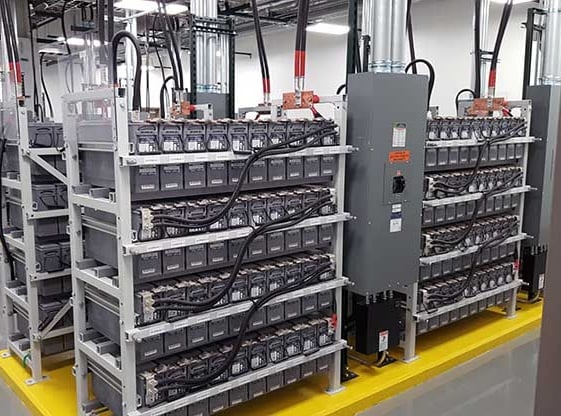
This example generates three phase alternating currents from a voltage source inverter in an open loop manner. It can be used in a grid-forming application.

This article covers the control of a single phase solar PV inverter using Fictive Axis Emulation (FAE) and its implementation on a programmable power converter.
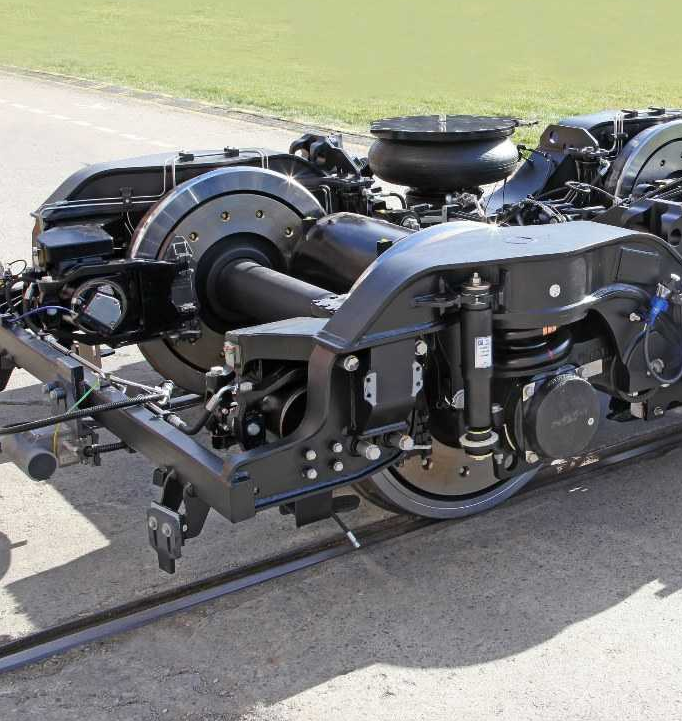
The note introduces an example of Direct Torque Control (DTC) for an electric drive using a permanent magnet synchronous motor (PMSM) and a programmable inverter.
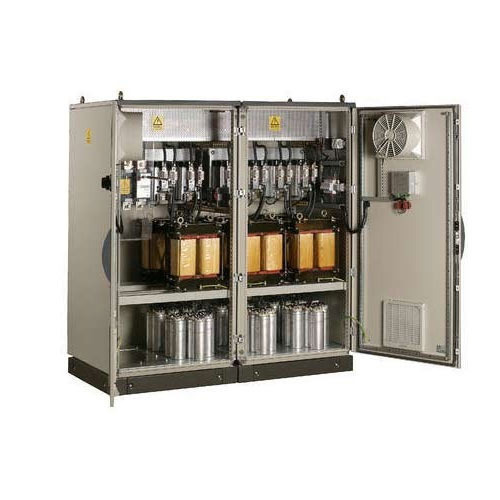
This note shows a possible control for a grid tied back to back converter. The proposed control implements active damping of the LCL filter.

This example implements the control for a three-phase PV inverter. Such a system can be typically found in small industrial photovoltaic facilities, which are directly…
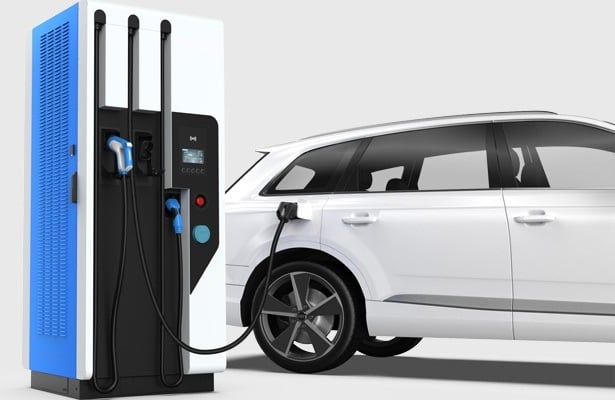
This application note details a possible control implementation on the B-Box RCP for a fast electric vehicle charger with intermediate storage. In this example, the…

The note introduces an electric car motor control strategy. The system is tested on a back-to-back motor testbench with car emulation.

The note introduces a wind turbine generator control technique with sensorless algorithm. The system is tested on a back-to-back motor testbench.
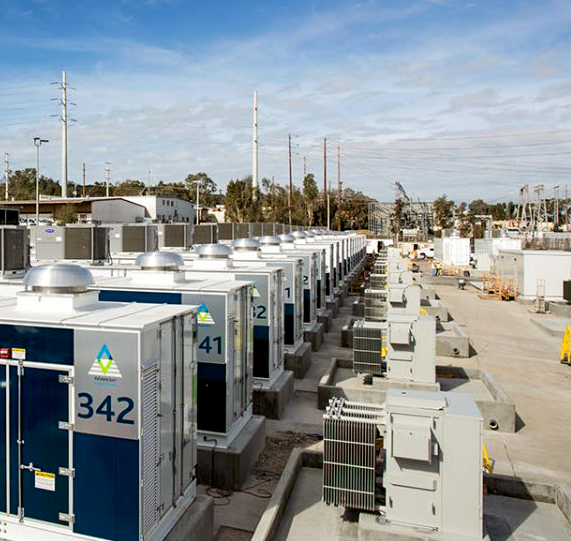
This application presents a multi-converter system with three DC/AC converters connected to a micro-grid. This could typically represent three photovoltaic inverters sharing a single PCC…
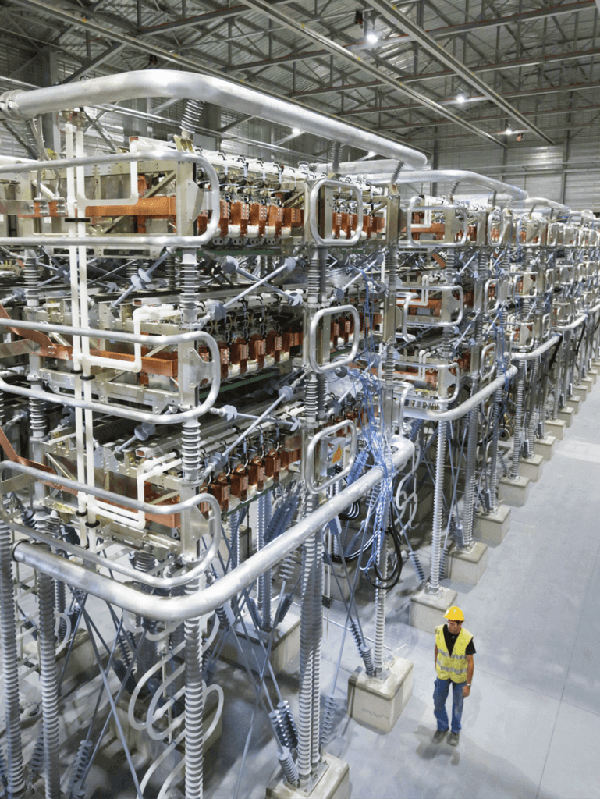
This note introduces a conventional control for Modular Multilevel Converters (MMC). The converter is used in a DC/AC inverter configuration and is connected to the three phase grid.
End of content
End of content